WD Architects
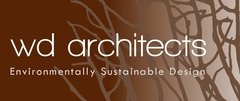
WD Architects is a multi award-winning company with unique expertise in pushing the envelope of sustainable design, using natural and low-toxicity materials to best advantage within energy-efficient and elegant designs. Our work ranges from aid work in remote mountain villages to large multi-storey developments, innovative school buildings, sustainable housing, and the largest wildlife hospital in the world for Wildlife Warriors. Andrew Webb and Chris Duffy founded the company on the principles of sustainable architecture and continue in the forefront with respect to their knowledge, commitment and skill in achieving sustainable outcomes.
Driving directions to WD Architects on map
WD Architects on Google Maps
Projects:



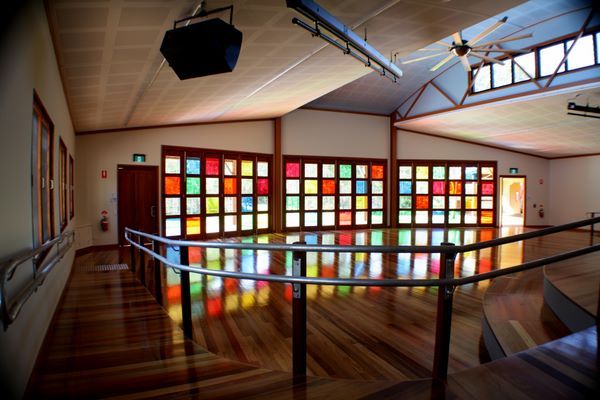
Noosa Pengari Steiner School Performance Hall
Sunshine Coast, 2010
Employing energy-efficient design responsive to the micro-climate of the site, natural ventilation supplemented, sustainably-sourced timbers, low-embodied energy materials and non-toxic finishes including rammed earth, with universal accessibility, water-saving features, edible gardens and minimal impact on the natural bushland, this project covers all of the bases for truly sustainable building. – Winner of the 2011 Sunshine Coast Regional Council Golden Glossy Award for Excellence in Sustainable Design – Winner of the 2010 Sunshine Coast Environment Council ‘Froggy’ Award for Sustainability in the Built Environment – Finalist in the 2011 BPN Sustainability Awards for Public Architecture – Featured in the German periodical Mensch + Architektur 77/78, April 2012

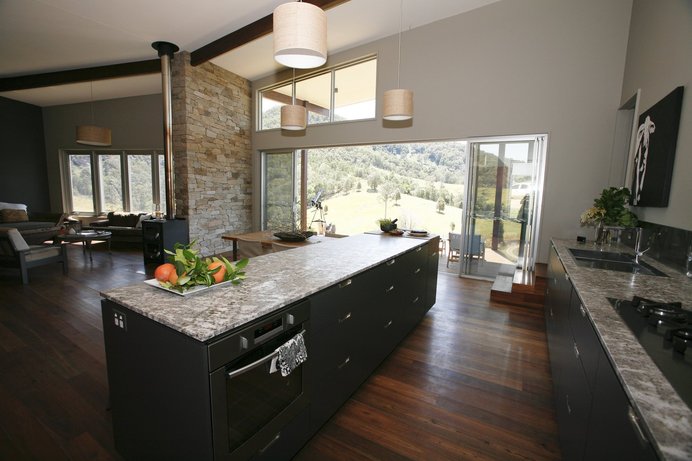
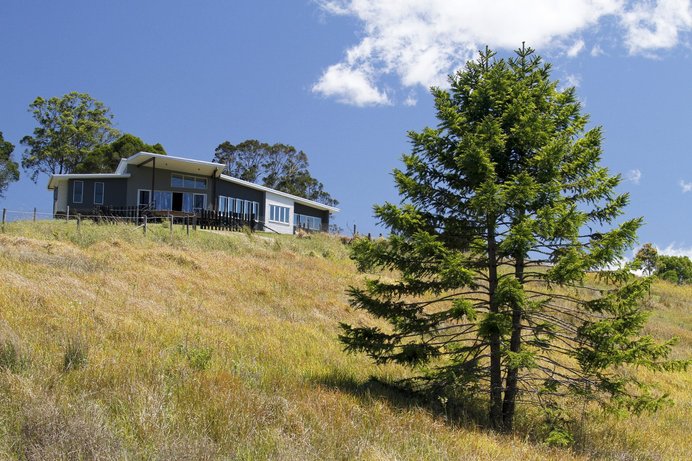
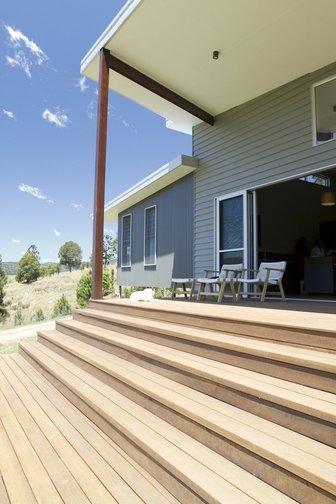
Obi Obi House
Sunshine Coast, 2012
The Obi Obi house sits comfortably with its site and allows its occupants to manage the comfort of the interior to deal with the extremes of this Australian climate without unsustainable inputs of energy. It is largely an uncomplicated, inexpensive building that addresses the issues that healthy sustainable building is easily achievable and desirable. The design strategy employed works with the topography of the site by bending, stretching and stepping the plan with the contours of the slope to create an inner landscape. This inner landscape allows for varied areas of public, private, and service space connecting to the outside, and increases the ability to passively heat and cool the house and frame the views of the farm and surrounding Obi Obi valley from the hillside. The house is off the power grid with a stand alone PV system and has no air conditioning but instead relies on passive cooling and heating to keep the occupants comfortable which can be augmented by a wood stove for heating in winter. The internal mass walls of stone and the block walls that go into the ground to form the cellar, store and emit the heat and cold as required for the conditions of the season, in conjunction with insulated external walls, floors and roof and considered openings.
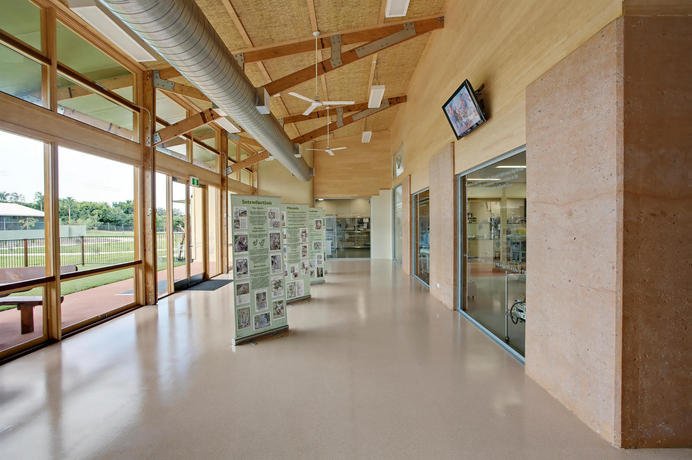
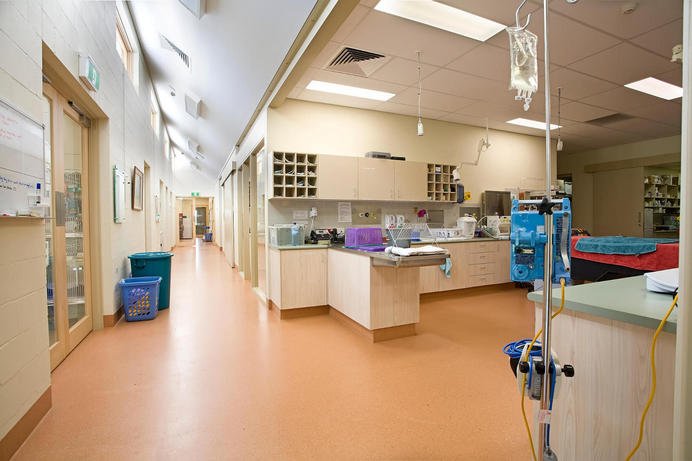
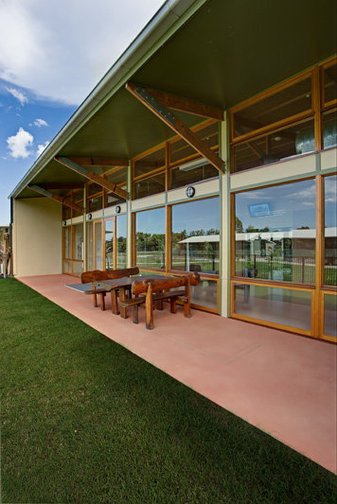
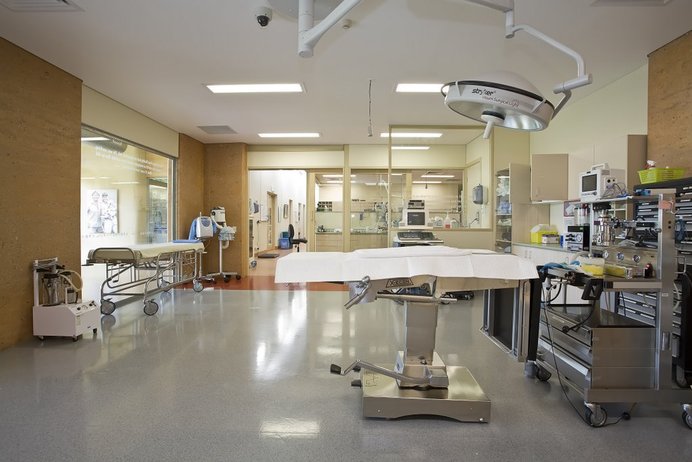
Australian Wildlife Hospital
Sunshine Coast, 2009
Australia Zoo Wildlife Warriors, Beerwah, QLD With a complex program intertwining public and private, healthcare and education, the veterinary hospital is a focus for the conservation work of the Wildlife Warriors charity. The hospital was conceived as an expression of ecologically sustainable design with the intention to inspire and educate the public in sustainable building issues and practices. Doing so exposes them to the larger issues of conservation, land-use and biodiversity. Light, air, and movement are the catalysts for a dynamic plan which balances the intimate needs of the injured animals with the public education imperative. Space and light are wrapped in a variety of non-toxic and low embodied energy materials including straw bale, rammed earth, bamboo, recycled flooring and ceilings, and low-VOC finishes. Daylighting, mixed-mode ventilation, water conservation and water harvesting contribute to the low life cycle cost and resource efficiency.


